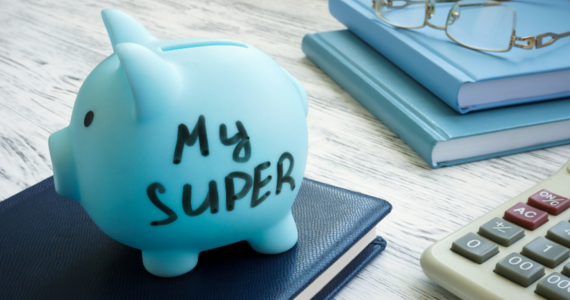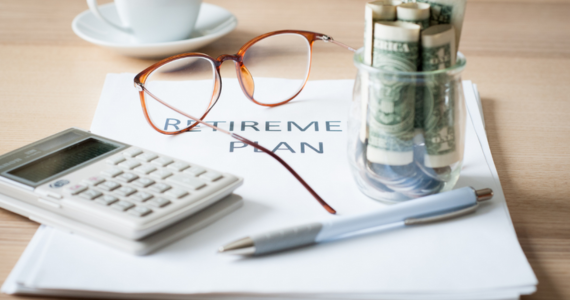According to the Australian Bureau of Statistics (ABS), Australia’s national gender pay gap is 12%. As of November 2023, the full-time adult average weekly ordinary time earnings across all industries and occupations were $1982.80 for men and $1744.80 for women. In other words, for every 100 cents on average men earned, women earned 88 cents. That’s $238 less than men each week. Over a year, this difference adds up to $12,3761.

The ABS data:
- estimates full-time weekly base salary employees in the public and private sectors,
- excludes overtime, pay that is salary sacrificed and superannuation,
- excludes junior and part-time employees.
Australia recently, for the first time, released data2 reflecting the gender pay gap of every private company with 100 employees or more, at nearly 5,000 companies. Dozens of these Australian businesses have gender pay gaps of over 50%. These pay gaps are not reflective of companies paying male and female employees different amounts for the same work (which has been illegal for more than 50 years), but mostly represent men working in higher-paid roles within a company. More than 3,000 employers, or 61.6%, had a gender pay gap that favoured men. Meanwhile, 30.1% (1,493 employers) had a neutral gender pay gap, defined as a gap of 5% or lower, and just 412 employers, or 8.3% of the total, had a pay gap that favoured women3.
The Workplace Gender Equality Agency (WEGA) explains its methods for calculating the pay gap as follows: WGEA used remuneration information supplied by employers in the 2022-23 employer census to calculate employer gender pay gaps. Part-time and casual salaries are converted into annualised full-time equivalent earnings. This year, the data excludes salaries of CEOs, heads of business, casual managers, employees who were furloughed, and employees reported as non-binary, as this comparison is between women and men.
State gender pay gap data
Australia’s base salary gender pay gap differs significantly by state. As of November 2023, the gender pay gap is4:
- 11.0% in New South Wales
- 10.7% in Victoria
- 11.5% in Queensland
- 9.2% in South Australia
- 21.7% in Western Australia
- 5.4% in Tasmania
- 15.4% in the Northern Territory
- 10.3% in the ACT
These differences can be partly explained by the industry profiles of each state and territory. The full-time workforce in Western Australia, for example, has a larger share of mining and construction than in other states. These two industries have relatively high earnings and low representation of women.
Industry gender gap gaps
Australia’s base salary gender pay gap is5:
- highest in Professional, Scientific and Technical Services
- lowest in Public Administration and Safety.
In the past year, the ABS data shows significant reductions in the gender pay gap in Construction, Transport, Postal and Warehousing, Retail and Wholesale Trade.
However, increases were recorded in Professional, Scientific and Technical Services, Arts and Recreation Services, Manufacturing, Electricity, Gas, Water and Waste Services, Accommodation and Food Services, and Other Services.
The information contained in this article is general information only. It is not intended to be a recommendation, offer, advice or invitation to purchase, sell or otherwise deal in securities or other investments. Before making any decision in respect to a financial product, you should seek advice from an appropriately qualified professional. We believe that the information contained in this document is accurate. However, we are not specifically licensed to provide tax or legal advice and any information that may relate to you should be confirmed with your tax or legal adviser.
1 https://www.wgea.gov.au/data-statistics/ABS-gender-pay-gap-data
2 https://www.wgea.gov.au/data-statistics/data-explorer
3 https://www.theguardian.com/world/2024/feb/27/australia-gender-pay-gap-new-data-wgea-men-women-salary-difference
4 https://www.wgea.gov.au/data-statistics/ABS-gender-pay-gap-data
5 https://www.wgea.gov.au/data-statistics/ABS-gender-pay-gap-data


